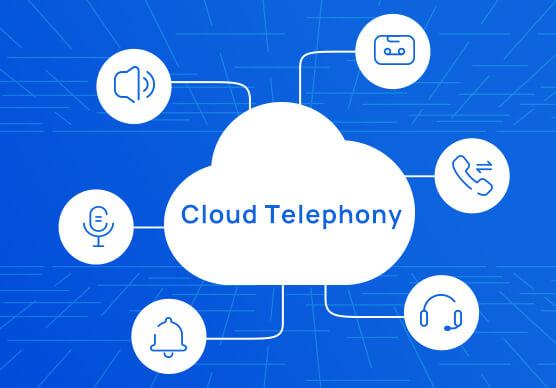The modern Cloud Telephony Services industry represents a paradigm shift in business communications, marking a definitive break from a century of hardware-defined telephony. This evolution is the primary force behind the industry's sustained growth, with market analyses indicating it will expand to a valuation of USD 53.67 billion by 2035, advancing at a steady CAGR of 7.92%. The journey of this industry is one of dematerialization and democratization—moving the complex intelligence of a phone system from a physical box in a closet to a distributed, software-defined platform in the cloud. This transformation has not only changed the technology but has fundamentally altered the business model, the competitive landscape, and the very definition of what a phone system can and should do for a modern organization.
In its infancy, the business telephony industry was completely dominated by the on-premise Private Branch Exchange (PBX). This was a piece of physical hardware, installed at a company's office, that managed all internal and external call routing. These systems were expensive to purchase, complex to install and maintain, and required specialized technicians for any changes or upgrades. The industry was controlled by a handful of legacy hardware manufacturers like Avaya, Mitel, and Nortel. Innovation was slow, and advanced features were typically reserved for only the largest enterprise customers who could afford them. For small businesses, the options were often limited to a few simple phone lines, with little to no advanced functionality, creating a significant technology gap between large and small companies.
The first major evolutionary step was the advent of Voice over IP (VoIP), which allowed voice to be transmitted as data packets over an internet connection. This led to the creation of the IP-PBX, which was still an on-premise hardware box but used IP networks for its connections. While this offered some cost savings and greater flexibility than traditional analog systems, it still required a significant upfront investment and in-house IT expertise to manage. The real revolution began when entrepreneurs realized that the IP-PBX itself did not need to be on-premise. This gave birth to the "hosted PBX" or cloud telephony model, where a third-party provider would host and manage the PBX functionality in their own data center and deliver the service to customers over the internet.
Today, the industry has evolved even further into the era of Unified Communications as a Service (UCaaS). Modern platforms do much more than just manage phone calls. They integrate voice, video conferencing, team messaging, and file sharing into a single, cohesive application. The industry is no longer just about telephony; it's about providing a complete communications and collaboration hub. The focus has shifted from simply providing dial tone to enabling productivity, facilitating remote work, and integrating deeply with other business processes. This evolution from a hardware-centric utility to a software-driven strategic platform is what defines the modern cloud telephony industry and what continues to fuel its impressive growth.
Explore Our Latest Trending Reports:



